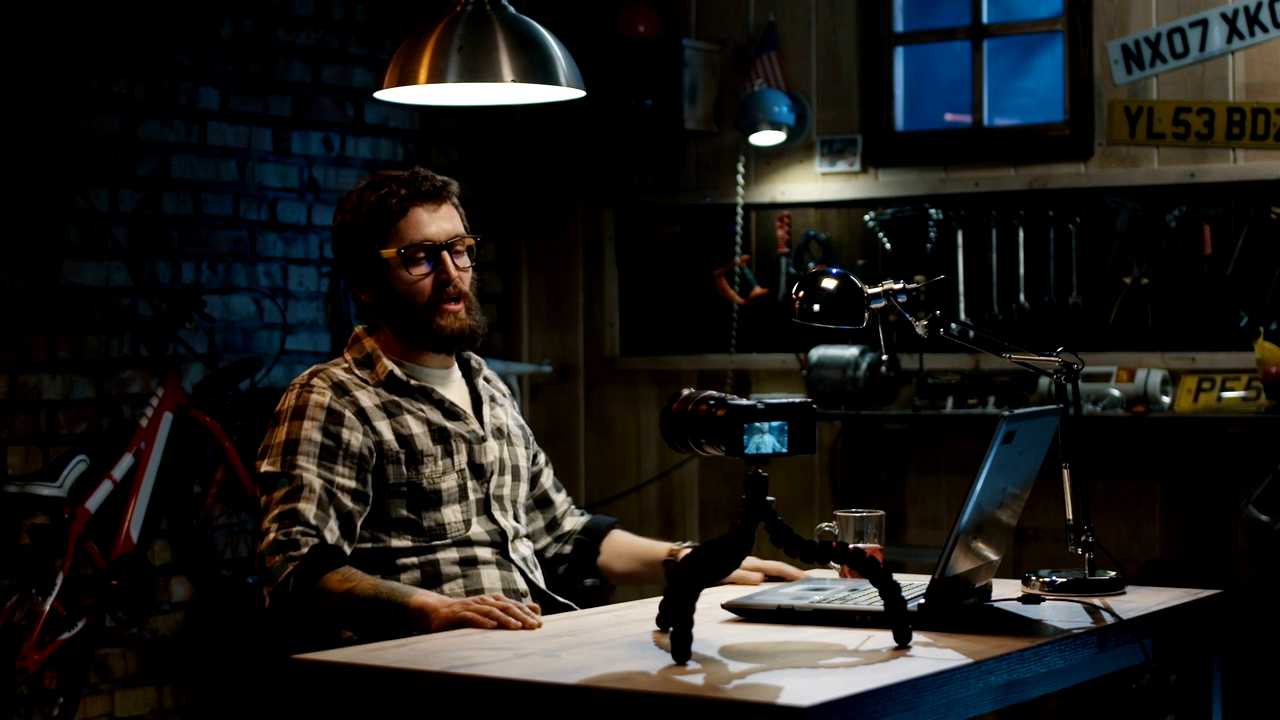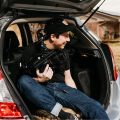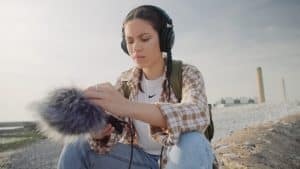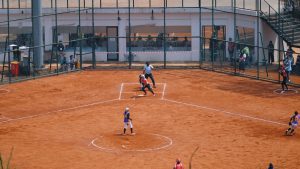So you want to make a documentary? Here are the key steps, from concept to screening.
Documentaries are a great way to tell a story that’s happening in real life, or shed light on a situation that you think deserves more attention. As opposed to narrative fiction, the impact of documentaries comes from the realness and authenticity that documentaries can capture. While docs differ from fictional films in how the story is captured, they actually share many of the same production processes.
In this article, we’ll give you a quick glimpse into how to prepare to make a documentary, how you can film one, and how to put it all together.
Preproduction
Contrary to what many may believe, there’s a lot of preproduction and planning necessary for a documentary. Doing the proper preproduction is always key to a successful project.
Obviously, you’ll want to have an idea of what your subject will be. This could be anything, from a local figure to an event, social issue, business, creative process, or historical event (just to name a few). Pinpoint what makes this subject interesting and it deserves a documentary. This will be what draws your viewers initially to watch the doc. If the subject is weak, no one will want to watch the final product.
Proper research is key to a successful documentary. You’ll need to find the key players in the field of what you’ll be covering, the history of the subject or events, experts in the field, and as much info pertaining to the subject as you can find. Before you begin recording, you’ll need to become an expert on the subject yourself in order to properly tell the story on film.
The research will also inform you about how you want to organize the story and what pieces to include visually. How long the research will take could vary depending on your subject and how deep you’re going to dive. If you’re covering a historical event, that may require a lot more research than highlighting your buddy’s latest music project.
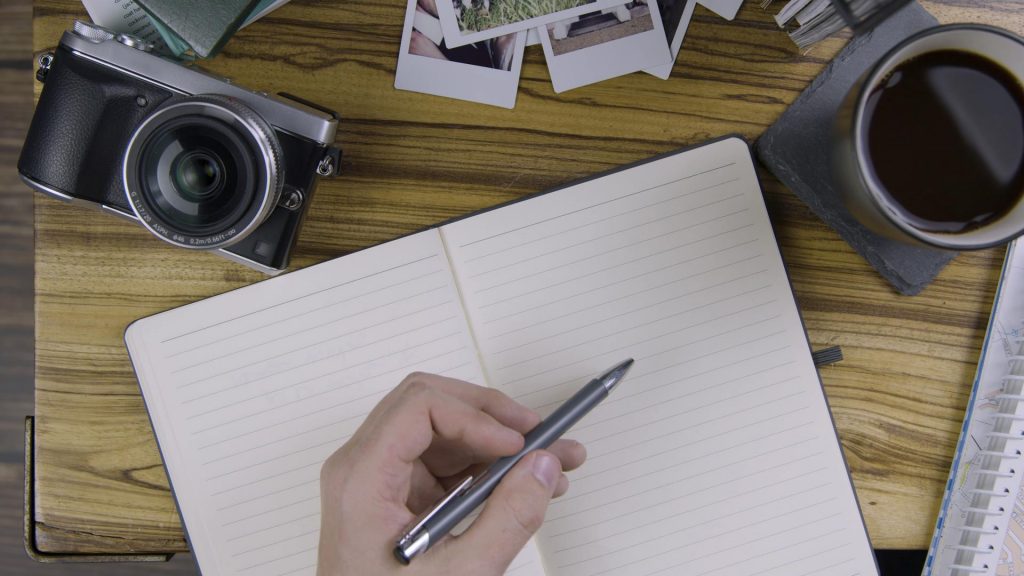
What about your subject are you going to highlight and how are you going to capture that on video? There are many different ways to represent a subject on camera and tell your story. This will serve as your concept. The typical way to tell a nonfiction story is through a series of interviews, but there are many other options available as well.
Narration is a great choice if you’re trying to share a lot of information with the viewer. Graphics and animation are effective at keeping the audience engaged while also providing relevant information or background context.
If you’re a fan of true-crime documentaries (like my wife), you may be familiar with reenactments. Sometimes, these come off as campy, but reenactments allow the documentarian to add drama to the project and create scenes that represent the story as truth.
Also, consider capturing your subject in real-life or day-to-day activities. For instance, if you’re following a local artist, spend a day filming their process, how they create, and the space they create in. This footage will serve as great B-roll to complement other parts of your narrative or interviews.
While documentaries are a bit more fluid than a standard narrative video, you’ll still want to create a script for the project. This script will be your guide during the production. List all of your story beats and key points here. You’ll want to write down how you see the doc starting, what the next scene looks like, and how will it all come to a close. Think of this as a roadmap or compass in your story creation. In the same sense, you may run into detours or new paths along the way that will be more interesting than your initial guide.
Many first-time documentary filmmakers get lost in filming and creating a ton of content for a project that may be only be 10 minutes long. This will create a headache later down the line when you’re trying to piece everything together to make a coherent storyline but are overwhelmed with everything you’ve captured. Additionally, this will keep you on track to tell the story you’ve envisioned in your head.
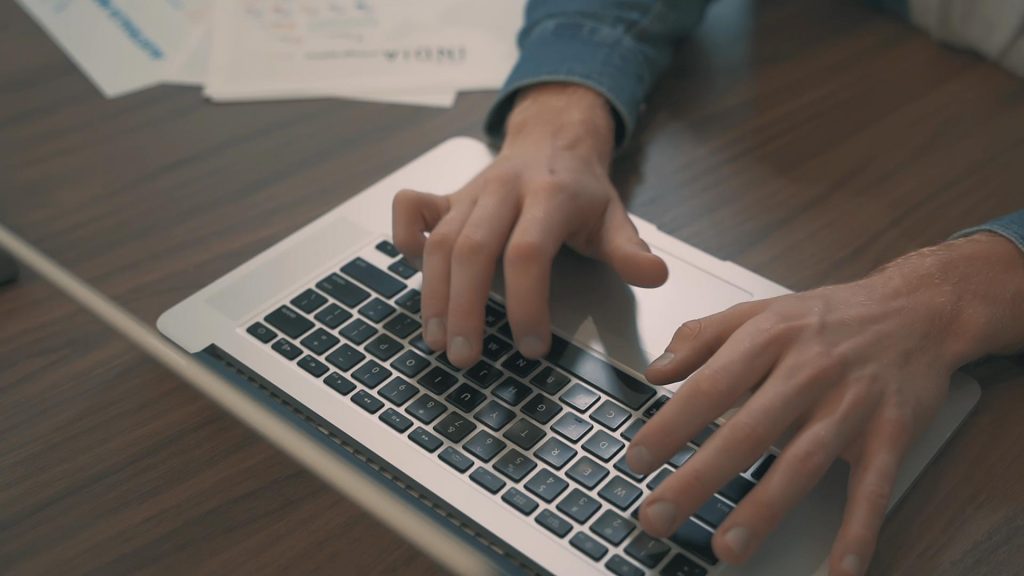
Unlike a fictional script, a documentary script can be a bit looser and more fluid. Write down a page or two of what you expect the storyline to look like, but be prepared to adjust that as you film. You may get answers in your interviews that you weren’t expecting or that you want to explore a bit more than you originally thought. Are you telling a story about a sports team? How will your ending change if the team loses or a player gets injured? There’s also a possibility they never make it to the championship, to begin with.
It is a great idea to jot down these possibilities as well, and how you’ll pivot in these circumstances. This script can also be a fluid, living document as the story unfolds. Being a fortune teller would be a great skill to have as a documentarian, but unfortunately, we can’t see the future. Be prepared to adjust your story or explore other storylines during the production process.
Production/Filming
The actual filming is my favorite part of the process. All your planning and preproduction will start to pay off as you record and create the parts of your documentary. Think of the preproduction as training and preparation for a big game, and the filming itself is the big game.
As I said earlier, interviews are a great way to tell a documentary’s story through the insight of the subjects, experts, or associated people. I recommend starting your filming process with most of the interviews you think you may need to capture. Review all of the questions you’ll want to ask each interviewee, and take notes on their answers. Interview responses may be the meat and potatoes of the project and how you tell most of the story.
As the story unfolds and you capture interviews, more interviews and follow-ups may be necessary to fill in the gaps. One documentary I produced followed the construction of a playground at an elementary school. I interviewed the principal, associated teachers, and people from the school board. It wasn’t until I was recording the interviews that it became clear the head groundskeeper at the school was vital in the process of the playground. I knew we had to get him on camera and hear about his involvement in the process. (Admittedly, if I’d done better research, this information would have been obvious ahead of time.)
The interview responses can later inform what you should capture in regards to B-roll (the footage that supplements the information being presented on screen). Going back to our example of following a sports team’s season, if the star player mentions the rigorous training routine they do on a daily basis, you’ll want to be sure to spend some time following that training routine with the camera in hand.
Your initial feeling may be to record as much as possible and follow your subject every day. While this will give you more footage to work with, you may be simply wasting time and resources. Be deliberate with what you’ll be filming and how you think you’ll use what is captured. The contrast between clips shot and clips included in the final project is called your shooting ratio. A well-thought-out doc will have something like a 10:1 or 15:1 shooting ratio. Overshooting is very common with first-time documentarians and will be a huge pain in the editing process as you wade through all the footage.
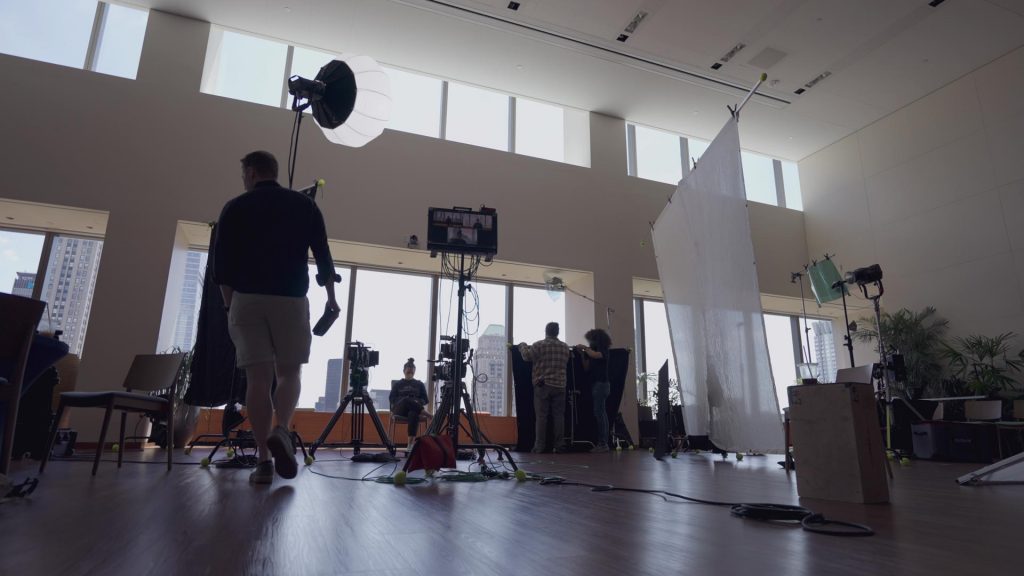
Post-Production
Post-production or editing is where everything you’ve planned and captured will come together. Remember that script you wrote in preproduction? Hopefully, you’ve been checking it, reviewing, and adjusting it as you’ve worked. Now, you’ll refer to it as you edit and piece all of your media together. In reality, many great documentaries are built into the edit. On many of my own projects, there are storylines or tidbits I didn’t realize I liked while shooting but seemed to come out of thin air while cutting the project. Don’t be afraid to experiment, try alternative narratives, and shift from your original ideas a bit. You’d be surprised how many documentaries started about one subject but shifted to feature another.
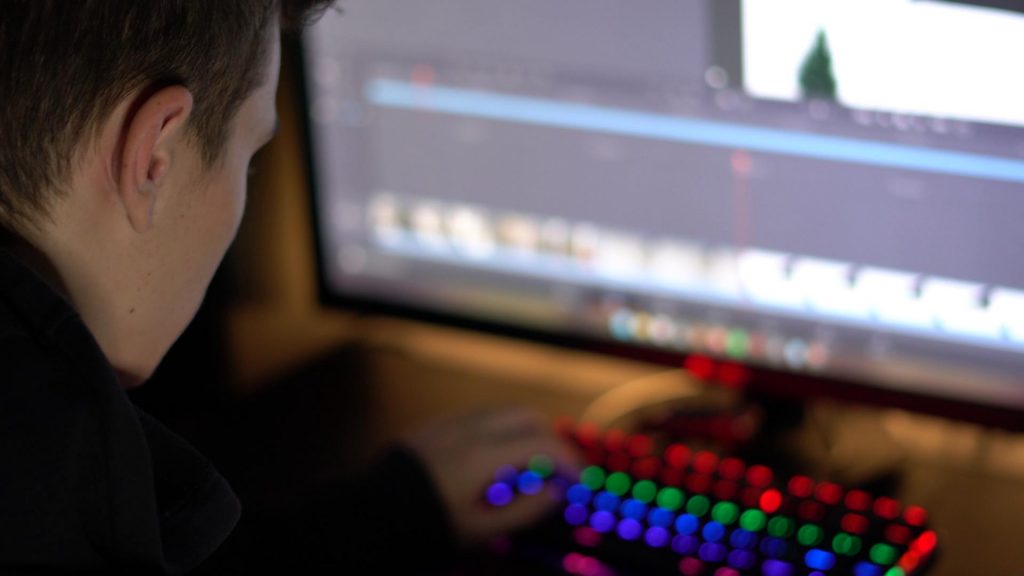
When editing an interview, it’s a good idea to mostly use the responses that have the greatest effect on the story. You may run into some interviewees who will like to ramble and give you a 10-minute backstory to a simple question like “Can you tell us who you are?” This doesn’t mean you have to include their entire response. Also, don’t be afraid to meld two ideas together that may not have been uttered in the same response. This is exactly what editing was made for. Just maintain journalistic integrity and don’t change the meaning or intention of the interviewee’s words.
You may read the previous paragraph as, “only include the necessary pieces,” but that’s not what I want you to take away. You should always include emotional and human elements in your docs as well. We’re emotional creatures, and the emotional connection is what will keep your viewers engaged and immersed in the narrative.
Don’t worry about editing the project in order, starting from the beginning to the end. If you feel like cutting together the ending first, go for it. You can edit each scene piece by piece and join them together when you have a rough finished version of the project. The story will start to come together as you edit. Look to each of your scenes to inform how the next portion should come (or what should come first). Candidly, it is kind of a chicken-and-egg situation sometimes. You may do some tweaking on both ends back and forth to make things work.
After you have a completed version, the editing isn’t finished. Consider this your first rough cut and look for ways to improve it. Is every scene really necessary? Are there portions that run a bit too long? Think about places that could use improvement or maybe lack engaging material. Could you include more graphics to make the statistics easier to understand, or do you have enough B-roll to include with each interview?
Don’t be afraid to send your first few versions to friends and family for their feedback. As with any creative endeavor, revisions are important to improve the final product. I have had first cuts that start out around 15 minutes long, with the final version being just over half of that. As a filmmaker, it’s never fun to cut out your favorite parts, but looking back, it made the final product 100 times better.
Post-Mortem
If you’re reading this article, chances are that you’re kinda new to documentary filmmaking. That also means your first documentary probably isn’t going to win this year’s Oscar in the medium, and that’s okay. Once your documentary is complete, take a step back and review it. What worked? What didn’t? What was your strong suit during the entire process, and where could have you improved? Did you really research as much as possible? Were your points properly understood? Take this review and apply it to your next project.
In the immortal words of Jake from Adventure Time, “sucking at sumthin’ is the first step towards being sorta good at something”. You’ll find yourself improving with each new documentary.
This overview is by no means the definitive and complete guide to what it takes to create a documentary, but it should give you a good start. As you work through the processes, you’ll find what works for you. You may find ways that your creative process differs — or ways you could improve it. What matters is that you start creating and telling the documentary story you want to tell.
Get out there and start filming!
Cover image via Videvo.
Looking for some music for your projects? At Videvo, our library has everything from free ambient music to music for streams — perfect for any indie project:
- Royalty-free Christmas music
- Royalty-free meditation music
- Royalty-free upbeat music
- Royalty-free jazz music
- Royalty-free Halloween music
Need a break? Check out our videvoscapes — the ultimate reels for relaxation or concentration. Each videvoscape collects hours of high-definition nature footage and background video with downtempo chill beats for the ultimate escape from the grind.
